What Is Hair Texturizing? How To Take Care Of Texturized Hair
Your guide to this fantastic chemical process that adds volume and shine to your locks

Image: Shutterstock
Are you wondering what texturized hair is and how it is different from textured hair? You have come to the right place. We have researched everything you need to know about hair texturizing. It is a great way to experiment on your hair without leaving it damaged. Although it is a chemically driven process, the results are subtle and look natural. If this sounds exciting, you should try texturizing. Scroll down to learn more.

In This Article
What Is Texturized Hair?
This is a common question. Hair texturizing is not a new concept. It has been around since the 1990s and was mostly done by African-American women. Women of color opted for this process to relax their tight curls.
Textured hair is different from texturized hair. In texturizing, the existing curl pattern is devolved into loose curls without completely straightening it. Thus, it helps in curl creation and provdes a natural look enhancement.
Though texturizing is a chemical-based process, it is much milder than hair relaxing. Moreover, texturizers do not disrupt the natural curl pattern entirely, as opposed to relaxing wherein the natural texture of your hair is completely transformed (1).
Why would anyone want to texturize their hair? Turns out, it offers a ton of benefits. Let’s take a look at them.
Key Takeaways
- Hair texturizing is a process used by many people of color to slightly relax tight curly hair.
- It is milder than a hair relaxing treatment used to chemically straighten curly hair.
- A texturizing treatment may permanently alter your hair structure by modifying the keratin bonds in it.
- Texturizing can reduce frizz, add volume, impart shine, and give you more manageable curls.
- Texturized hair requires proper care and maintenance, like using the right shampoo and conditioner, sleeping with a silk scarf, and limiting heat styling.
What Are The Benefits Of Texturized Hair?
Texturizing hair is not just for hair styling; it imparts benefits that are healthy for hair as well. Here’s what happens when you sport texturized hair:
- Adds volume to your hair and help in dimension and depth creation by breaking the uniformity of hair strands
- Reduces flyaways, frizz, and unruly hair.
- Imparts shine to your locks and help in wave creation.
- Gives you lighter and more manageable curls.
- Growing out texturized hair is easier than growing out relaxed hair.
- Makes it easier to comb and detangle your hair and helps in breakage prevention and split end prevention by reducing the tension on the hair strands.
- Creates texture variation in the hair, making it look more interesting and dynamic.
- Helps in color enhancement of your hair, which may help in contrast creation and depth creation.
- Makes it easier to straighten your hair and provides styling versatility, which allows you to try out new hairstyles.
Note:
A texturizer might use chemicals that change the pH balance of your scalp or hair. It may cause irritation or burns. Hence, do a patch test before using a texturizer to make sure your hair works well with it.
Texturized Hair – Before And After
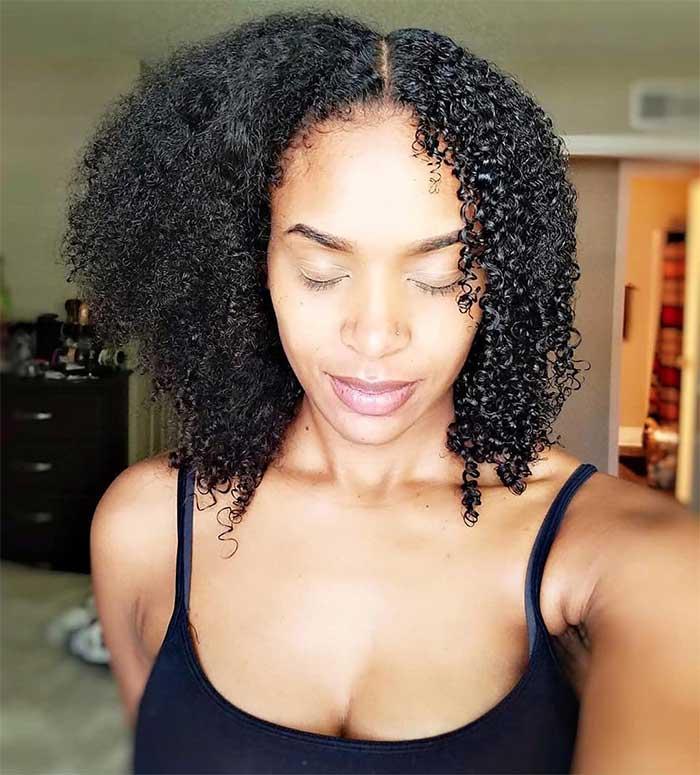
As mentioned earlier, texturizing may not make a groundbreaking difference, but it will give you a desirable outcome. If you have type 4 (A, B or C) hair, texturizing it may bring it down to type 3 curls with a much softer texture. After texturizing, your hair will not be resistant to styling.
Texturized Short Hair
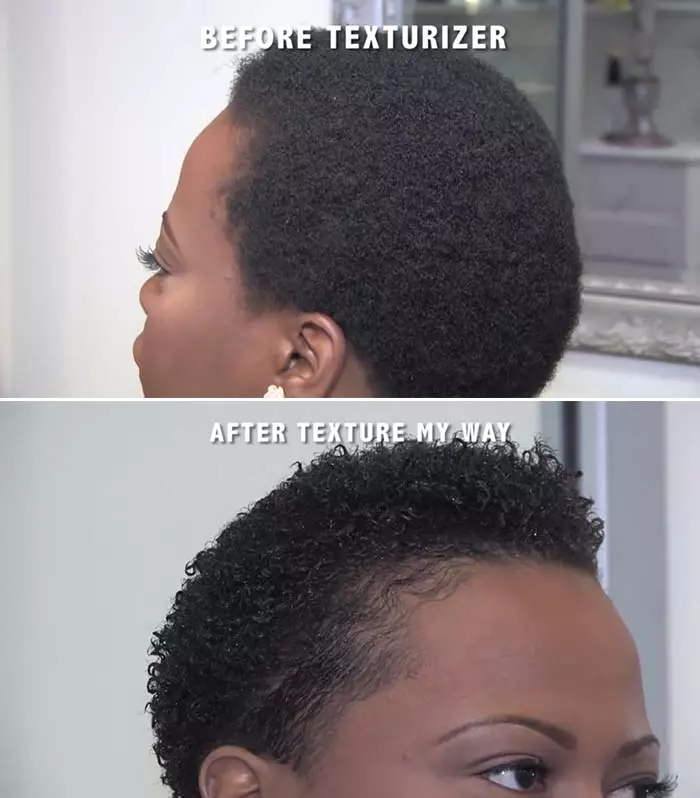
Texturized Medium Hair

Texturized Kinky Hair
Now, let’s look at the differences between texturizers and relaxers.
Texturizers Vs. Relaxers
There is a minor difference between a texturizer and a relaxer, which can be quite confusing. Both contain chemicals that lead to hair texture variation. The only difference lies in the time factor.
The purpose of a texturizer is to loosen the curls to some extent and not straighten them. Texturizers release the tight curls into waves and make brushing your hair easier. A relaxer will straighten your hair completely. Relaxers contain sodium hydroxide that alters the pH of your hair, making it straight and sleek.
The damage caused by a relaxer is much higher than by a texturizer. A texturizer contains botanical ingredients that are smeared on your hair for 5 to 10 minutes. Relaxers are typically left on your hair for 15 to 20 minutes and need to be processed by a neutralizer and a conditioner. These heavily loaded chemicals in a relaxer may cause permanent damage to your curls if done on a regular basis.
 Quick Tip
Quick TipThe results vary drastically in both processes. A texturizer works best on short S-shaped curls, while relaxers work best on S-shaped and Z-shaped curls.
Texturized Hair And Relaxed Hair
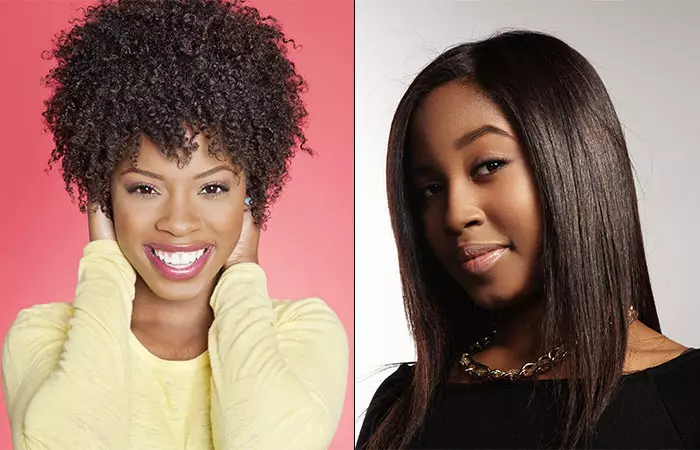
If hair texturizing sounds appealing to you and you want to give it a try, scroll down and look into the process and different techniques used to texturize hair and read how it is actually done.
The Process Of Texturizing
A texturizer may permanently alter the structure of your hair. The chemicals in it modify the keratin (proteins) in your hair, which aids in structure creation. Your hair is made up of amino acids that lend it its curliness. When a texturizer is applied, the hydrogen bonds in amino acids are broken, which results in looser curls. It can help you achieve the perfect hair makeover of your dreams.
There are two types of texturizers – one contains lye formula, and the other does not. Lye formula is harmful to your hair and can burn your scalp if used rigorously.
If you have S-shaped curls (light curls), you may see a drastic change. But if you have Z-shaped curls, the results can’t be predicted. The sitting time for texturizer is between 5 to 10 minutes.
It is important to wash out a texturizer with a neutralizer to terminate the chemical process. Keep in mind that a texturizer can be harmful to your hair if done on a regular basis. It is recommended to use herbal conditioners or protein treatments to protect your hair from damage.
Pros
- You can get silky, soft, and manageable hair instantly.
- You need not visit expensive parlors for texturizing. This process can be carried out at home.
- Has long-lasting results.
Cons
- The results may not be uniform for every hair type.
- Texturizers contain harmful chemicals.
 Quick Tip
Quick TipMaddy, a blogger, recounted her negative experience with texturizers in her blog. She said, “To this day, I regret putting a texturizer in my hair. Yes, it “loosened the curl” but it also made my hair break more. I remember days in the bathroom combing my hair and hearing *snap crackle pop* and seeing my hair all over the floor! (i).”
Since hair texturizing is a chemical treatment, you need to take proper care of your hair after getting it done. Given below are a few maintenance tips that you need to follow to nourish your hair and keep it looking healthy.
How To Take Care Of Texturized Hair
- Use products that suit your hair after texturizing. Consult a professional stylist or your hairdresser before buying the product. Buy products that maintain the shine and moisture levels of your hair.
- Sleep with a silk scarf wrapped around your head. This helps in frizz reduction.
- It is important to wet your hair daily. This helps in restructuring your curls.
- Use a shampoo and conditioner recommended by your stylist at least three times a week. Regular conditioning is mandatory to maintain your hair’s softness. Sulfate-free moisturizing shampoos and leave-in conditioners with natural oils can help detangle and add shine. While showering, run your fingers from the roots to the tips to remove tangles.
- Avoid using brushes and go for a wide-toothed comb.
- Stay away from heat styling products. Reduce usage of gels and serums.
- Go for retouching if you observe any uptight curls. At-home texturizers work well, but it is essential to consult a stylist before using them.
- Weekly treatments can help restore moisture levels.
Infographic: Easy Tips To Care For Texturized Hair
Textured hair can be challenging, but finding the correct techniques to manage your natural coils gives you more appreciation for your natural curls. We’ve highlighted some simple tips in the infographic below so that caring for your textured hair becomes easy, like a piece of cake! Now you can have that healthy bounce and proudly show off your natural tresses.
Some thing wrong with infographic shortcode. please verify shortcode syntaxTo recap, hair texturizing is a process many women of color use to relax their naturally tight curls. There are many benefits of texturizing your hair, such as shine and volume enhancement, flyaway reduction, and improved hair manageability. The main difference between a texturizer and a relaxer is that a texturizer loosens curls while a relaxer straightens them. Since hair texturizing uses chemicals to loosen tightly curly hair, you need to follow a healthy hair care regimen to keep your hair nourished and protected from damage.
Frequently Asked Questions
Is it possible to change your hair texture with natural products?
Yes, the key point is to enhance the moisture levels in your hair. Use 100% organic shampoos that hydrate your scalp and soften the texture of your hair. After taking a shower, use natural methods of drying your hair instead of using a blow dryer.
How is argan oil useful in improving hair texture?
Argan oil is rich in vitamins A, C, and E. It can be used as a leave-in conditioner to soften rough and frizzy hair. It is loaded with antioxidants and linoleic and omega-6 fatty acids that help in moisturizing your scalp and hair and relaxing tight curls.
Can you change your hair texture through surgery?
No, you cannot change your hair texture through surgery. You can use chemical treatments or natural products to do so.
Does texturizing hair make it look thicker?
Yes, texturizing aids in thickness enhancement and uplifts your hair. It adds volume to your mane and makes it appear longer too.
Illustration: What Is Hair Texturizing? How To Take Care Of Texturized Hair?
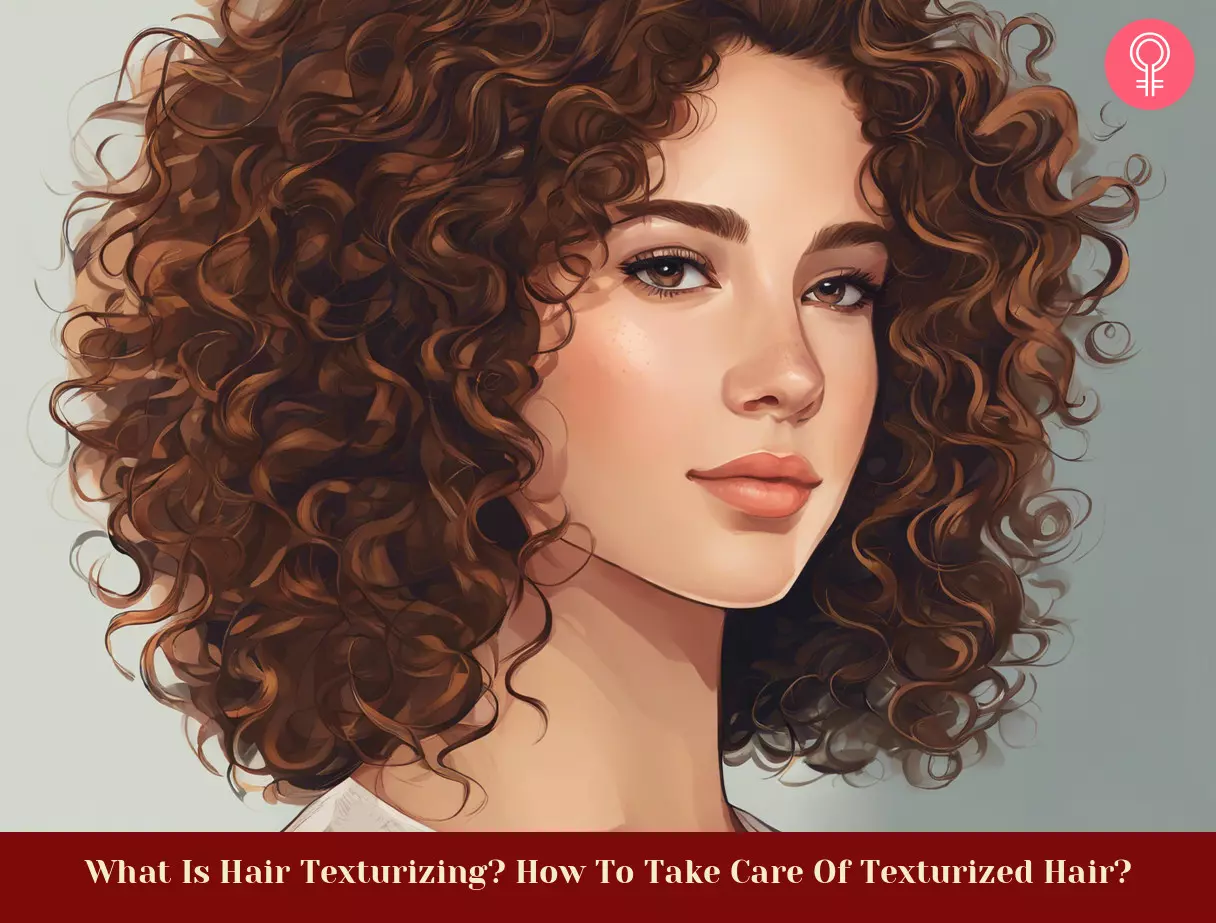
Image: Stable Diffusion/StyleCraze Design Team
Learn how to do advanced texturing and haircutting with this easy-to-follow tutorial. Get the perfect look with expert tips and tricks by clicking on this video.
Personal Experience: Source
StyleCraze's articles are interwoven with authentic personal narratives that provide depth and resonance to our content. Below are the sources of the personal accounts referenced in this article.
i. Texturizers, the Devil or Not?https://naturalhairdontcare.wordpress.com/tag/texturized-hair/
References
Articles on StyleCraze are backed by verified information from peer-reviewed and academic research papers, reputed organizations, research institutions, and medical associations to ensure accuracy and relevance. Read our editorial policy to learn more.
- Gavazzoni Dias Maria Fernanda Reis. “Hair cosmetics: an overview.” International journal of trichology
https://journals.lww.com/IJOT/pages/default.aspx
Read full bio of Dr. Madhuri Agarwal
Read full bio of Arshiya Syeda
Read full bio of Ramona Sinha
Read full bio of Medha Deb








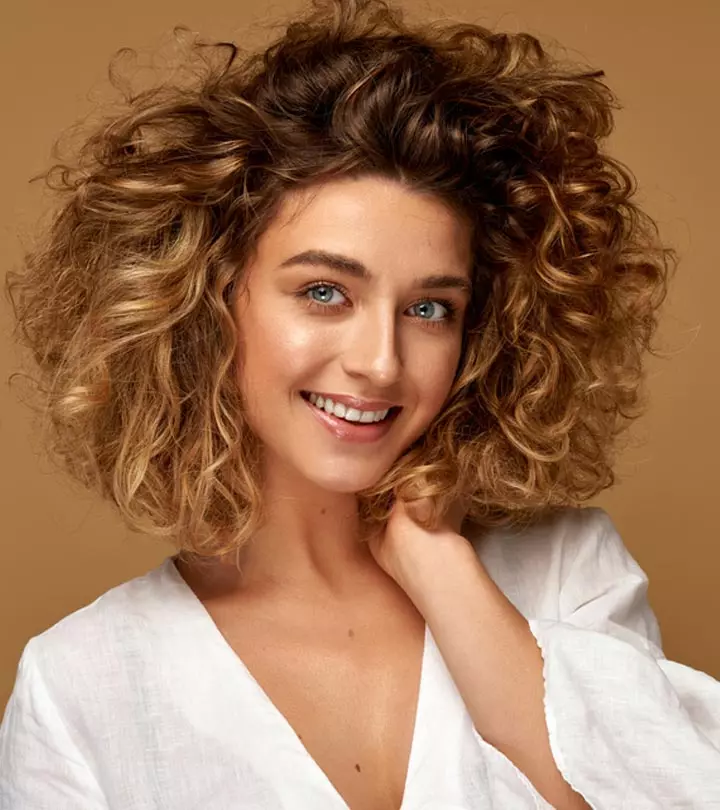
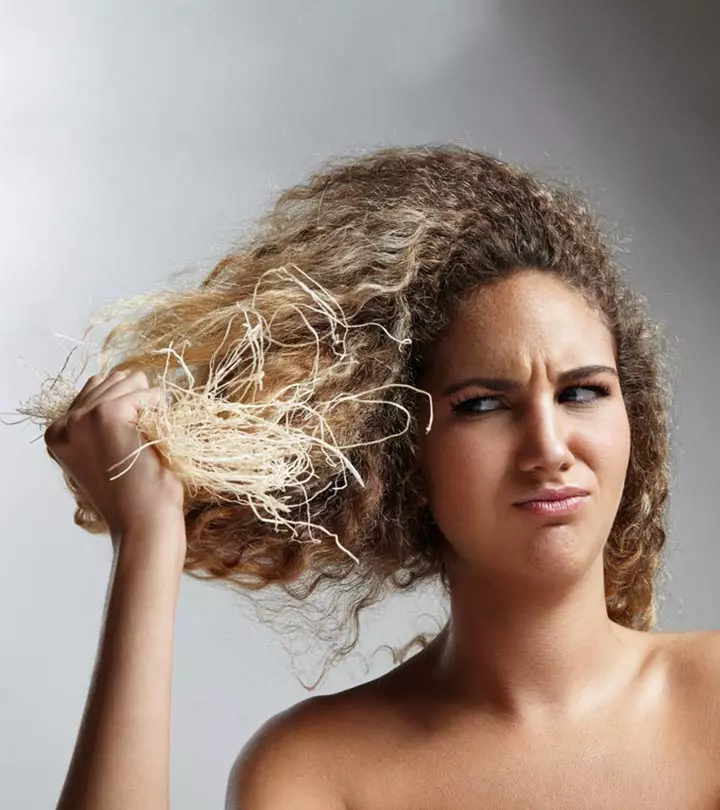




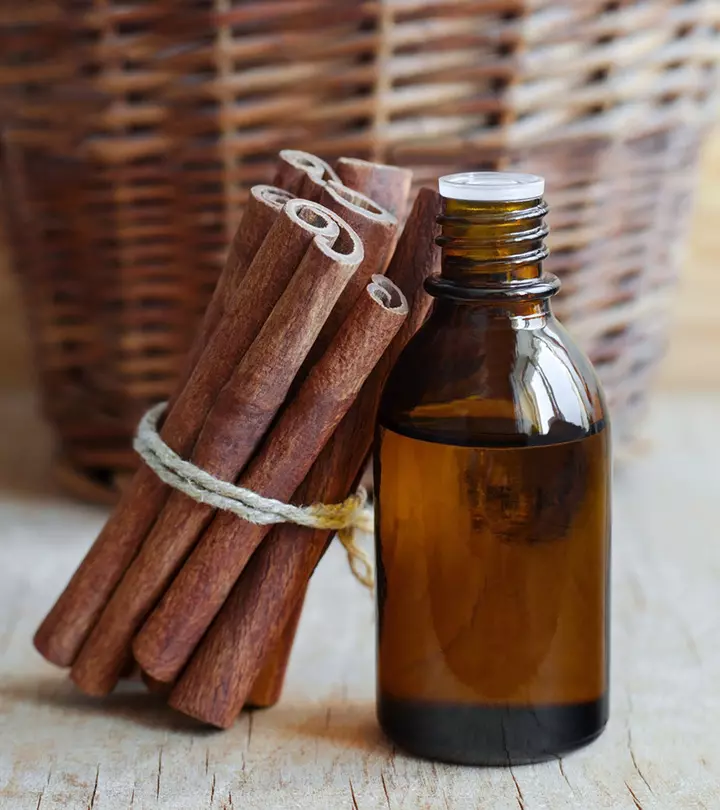

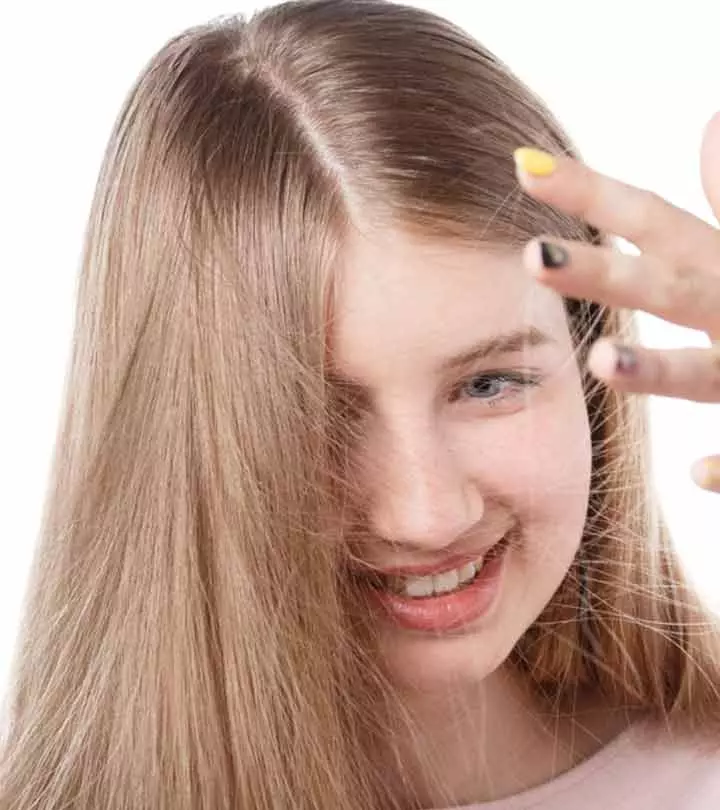



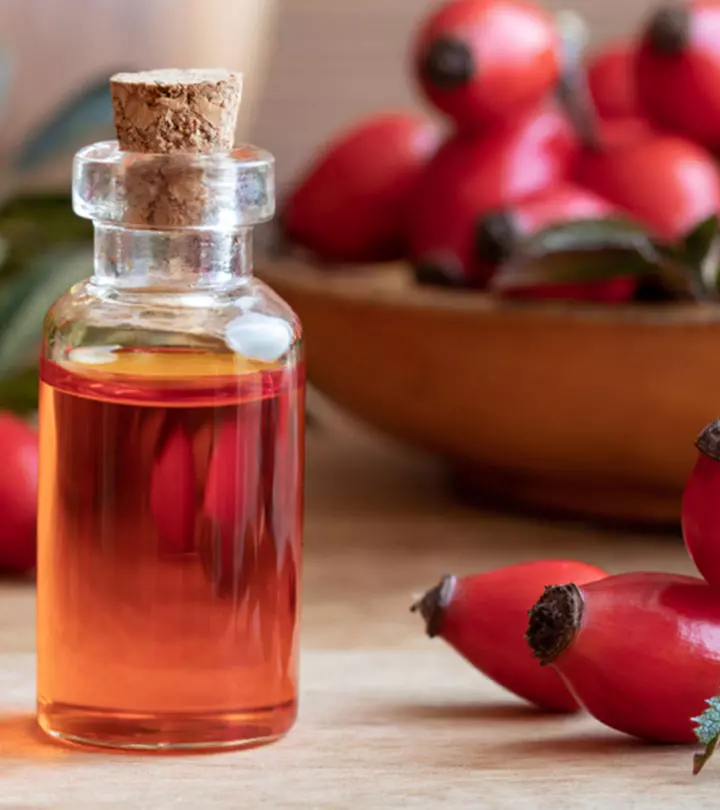

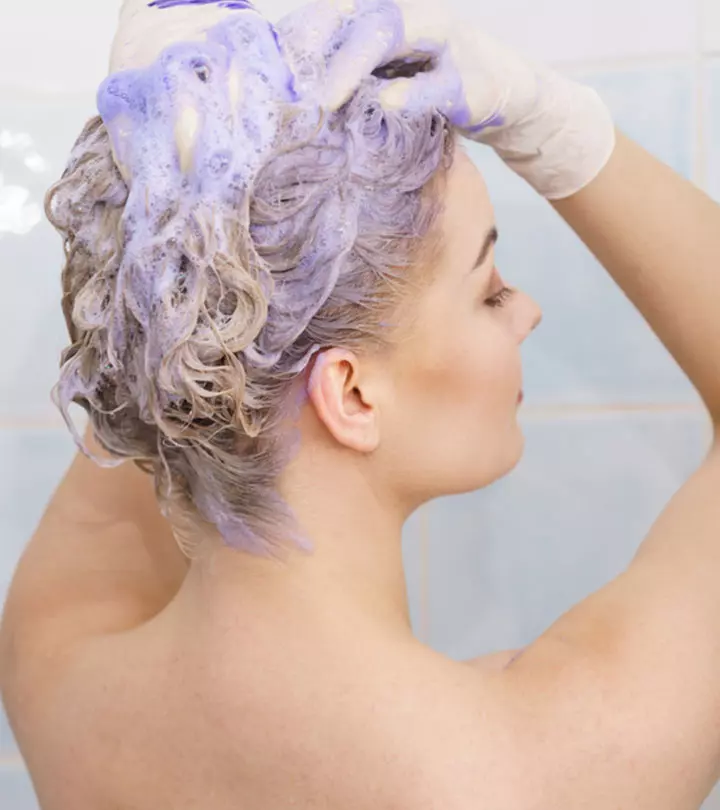

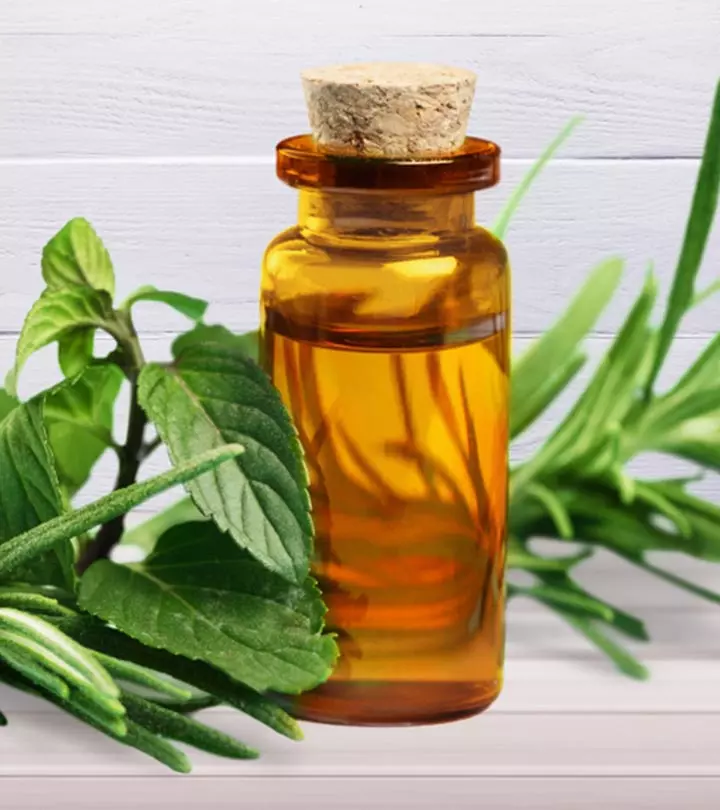
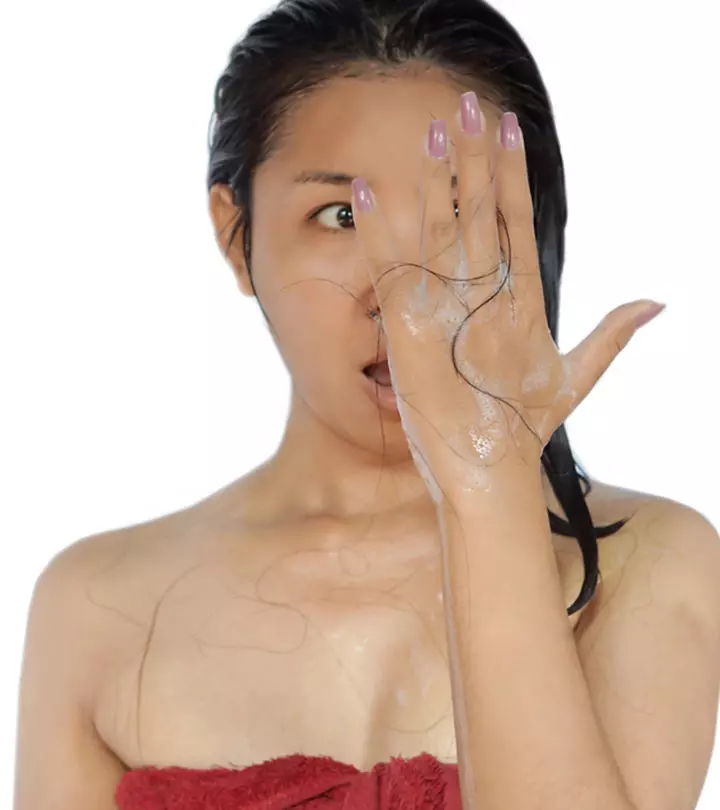
Community Experiences
Join the conversation and become a part of our empowering community! Share your stories, experiences, and insights to connect with other beauty, lifestyle, and health enthusiasts.